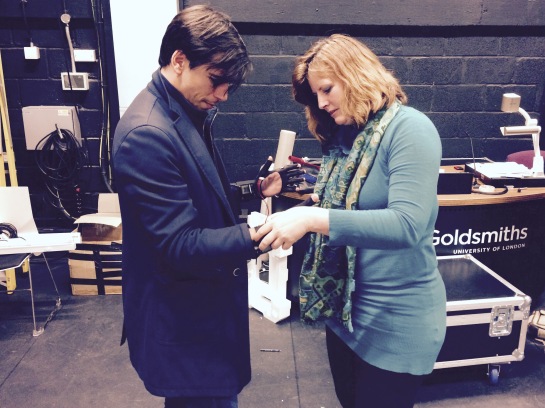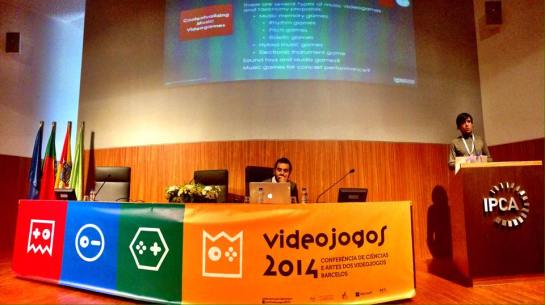This is a summary-in-progress of the chapter “Starting New Online Communities” by Paul Resnick, Joseph Konstan, Yan Chen, and Robert Kraut, from the book “Building Successful Online Communities: Evidence-Based Social Design” edited by Paul Resnick and Robert Kraut.
The authors identify the major challenges for designing new successful online communities and go through the chapter arguing on a set of design claims based on cost-benefit assessments.
Major challenges:
- Carving out a useful niche (ensuring that net utility, benefits minus costs, must be positive for all members in steady state).
- Defending the niche (ensuring net utility must be higher than that of competing communities).
- Getting to critical mass (assuring net positive utility for each of the members as they join, even though the community has not yet reached steady state).
Opportunities Model:
(match_value *collection_size) – navigation_cost [pull model]
(match_value *collection_size) – (interruption_cost * collection_size) [push model]
Design Claims
Carving Out a Niche
1: Lower volume and higher time-sensitivity of interaction opportunities, and lower interruption costs increase the benefits of push notification.
2: A mixed-topic scope reduces expected match value.
3: An ambiguous scope for an interaction space reduces expected match value.
4: Activities that bridge interests in different topics increase match value in spaces with mixed-topic scope.
5: A transcendent or bridging topical identity increases match value in communities with mixed-topic scope.
Communities with Multiple Spaces
6: Personalised collections of “most related content” enhance match_value but reduce shared context.
7: Subdividing spaces after they become active creates more net benefits for participants than having lots of inactive spaces.
8: In communities with lots of interaction spaces, navigation aids that highlight more active spaces will increase the net benefits members experience.
9: In synchronous spaces that are not always active, a schedule of “expected active times” can coordinate visitors and become a self-fulfilling expectation.
10: In communities with lots of interaction spaces, recommender systems that help people navigate to spaces that best suit them will increase the net benefits people experience.
11: Ambiguity of scope for the community creates opportunities for adjustment and member ownership.
Competing for a Niche
12: A larger community leads to lower match-value in bond-based communities.
13: Differentiated user interface elements in the competitor community create startup costs and thus favor the incumbent community in any competition over members.
14: Non-shared user IDs and profiles between incumbent and competitor communities creates startup costs and thus favors the incumbent community in any competition over members.
15: content sharing between competing communities raises awareness of the exporting community and the value of posting there, but raises the value of consuming content in the importing community.
16: Conveying a succinct unique selling proposition will attract members.
17: Advertising and celebrity endorsements can help to create awareness of a community and thus make it a focal point in a competition between communities.
Bootstrapping: Leveraging Early Members to Get More Members
18: incentives for early members to generate content can increase bootstrapping.
19: User-generated primary content will do more to bootstrap additional membership than will user-generated metadata, in the community startup stage.
20: services that enable displays of membership that are visible to non-members will lead to bootstrapping.
21: services that make members’ actions in the community visible to their acquaintances outside the community will lead early participants to attract later participants.
22: services that allow members to forward content from the community to their acquaintances outside the community will lead early participants to attract later participants.
23: services that allow members to invite acquaintances outside the community to join will lead early participants to attract later participants.
24: pay-for-referral and revenue-sharing from referrals increase bootstrapping
Attracting Early Members
Increase Stage 1 Value of the Community
25: single-user and small-group productivity, entertainment, or commerce tools can attract people to an online space before the community features are successful.
26: providing access to professionally generated content can help attract people to an online space before the community features are successful.
27: providing access to syndicated data can help attract people to an online space before the community features are successful, if the syndicated data is not otherwise easily accessible or if it is presented in a novel way that adds value.
28: participation by professional staff can help attract people to an online space before the community features are successful.
29: starting with a limited scope and expanding later allows focusing of staff resources toward getting to critical mass in the limited scope.
30: If professionals act as contributors of last resort, they will be needed less and less as the community achieves critical mass.
31: Bots that simulate other participants can help attract people to an online space before the community features are successful.
Early Adopter Benefits
32: Promising permanent discounts to early adopters can attract early adopters to the community.
33: Promoting the status or readiness benefits of being early to an online community can attract early adopters to the community.
34: Promoting a site as cool but undiscovered can attract early adopters.
35: Creating scarce, claimable resources can induce prospective members to join earlier.
36: Contribution minima for maintaining scarce status can lead to greater contribution by status-holding members.
Setting Expectations for Success
Signals of Convener Quality and Commitment
37: Professional site design increases expectations about the probability of success.
38: Visible expenditures can be a credible signal of commitment to future investment in a community, and thus help to increase expectations about the probability that the community will eventually succeed.
39: Images of members will convey the presence of other people, and thus expectations of future success.
40: Prominent display of user-contributed content will convey activity, and thus expectations of future success, as long as there is new user-contributed content.
41: Indicators of participation levels will convey activity, and thus expectations of future success, as long as there actually is activity.
42: Indicators of membership and content growth signal a higher probability that the community will eventually reach critical mass, provided there really is growth.
43: When a community is small and slow growing, acknowledging each new member or contribution creates a more favorable signal of growth than showing total numbers or percentage change.
44: When a community is small and fast growing, displaying percentage growth creates a more favorable signal of growth than displaying absolute numbers.
45: When a community has reached critical mass, displaying absolute numbers conveys a signal that the community is already successful.
46: Conditional participation commitments can draw people to join communities that they would not join if they had to do so without knowledge that others were also joining.
47: Drawing analogies to successful communities can raise expectations that a new community will be similarly successful.
48: Drawing attention to external publicity and endorsements can raise expectations about future success.



